Sony Xperia 10 VI Review: The Last of the 21:9 Mohicans
We may earn a commission if you make a purchase from the links on this page.

Sony Xperia 10 VI Intro
Sony made a slight adjustment to its flagship lineup with the Xperia 1 VI, going for a more conventional 19.5:9 aspect ratio and ditching the 4K screen, but there's still a way to get the essential Sony 21:9 experience for not a ton of money. Enter the Xperia 10 Mark VI.
Sony's budget offering still sports the aforementioned cinematic aspect ratio, comes with a bright and vivid screen, and features a microSD card slot and a 3.5mm audio jack—features that even flagship phones lack nowadays.
The Xperia 10 VI, however, costs 399 euros and faces fierce competition in this price range. Should you buy one if you're looking for a budget workhorse, or should you look elsewhere? Let's find out!
The Xperia 10 VI, however, costs 399 euros and faces fierce competition in this price range. Should you buy one if you're looking for a budget workhorse, or should you look elsewhere? Let's find out!
Disclaimer: We have a brand new PhoneArena Review Rating system and because of the more demanding criteria of that benchmark, overall review ratings are now lower. That does not mean there are surprising new shortcoming of phones we review, but it is just the way this new rating works. We believe that it gives readers a much better idea of how phones compare to others in the same price class, so make sure to always look at the scores in the context of the averages. You can learn more about our new review scoring system here.
Table of Contents:
Sony Xperia 10 VI Specs
A typical midrange affair
Let's start with an overview of the Sony Xperia 10 VI specs:
| Specs | Sony Xperia 10 VI |
|---|---|
| Size and Weight | 155 x 68 x 8.3 mm, 164g |
| Display | 6.1 inches, 1080 x 2520 pixels, 21:9 ratio (~449 ppi density) |
| Processor | Qualcomm Snapdragon 6 Gen 1 |
| Software | Android 14 |
| Cameras | 48 MP, f/1.8, 26mm (wide), 1/2.0", 0.8µm, PDAF, OIS 8 MP, f/2.2, 120˚, 16mm (ultrawide), 1/4.0", 1.12µm |
| Battery Size | 5,000 mAh |
| Charging Speeds | 20W wired charge No wireless charging |
| Prices | 8/128GB for 399 euros |
Sony Xperia 10 VI Design and Display
Bright and cinematic
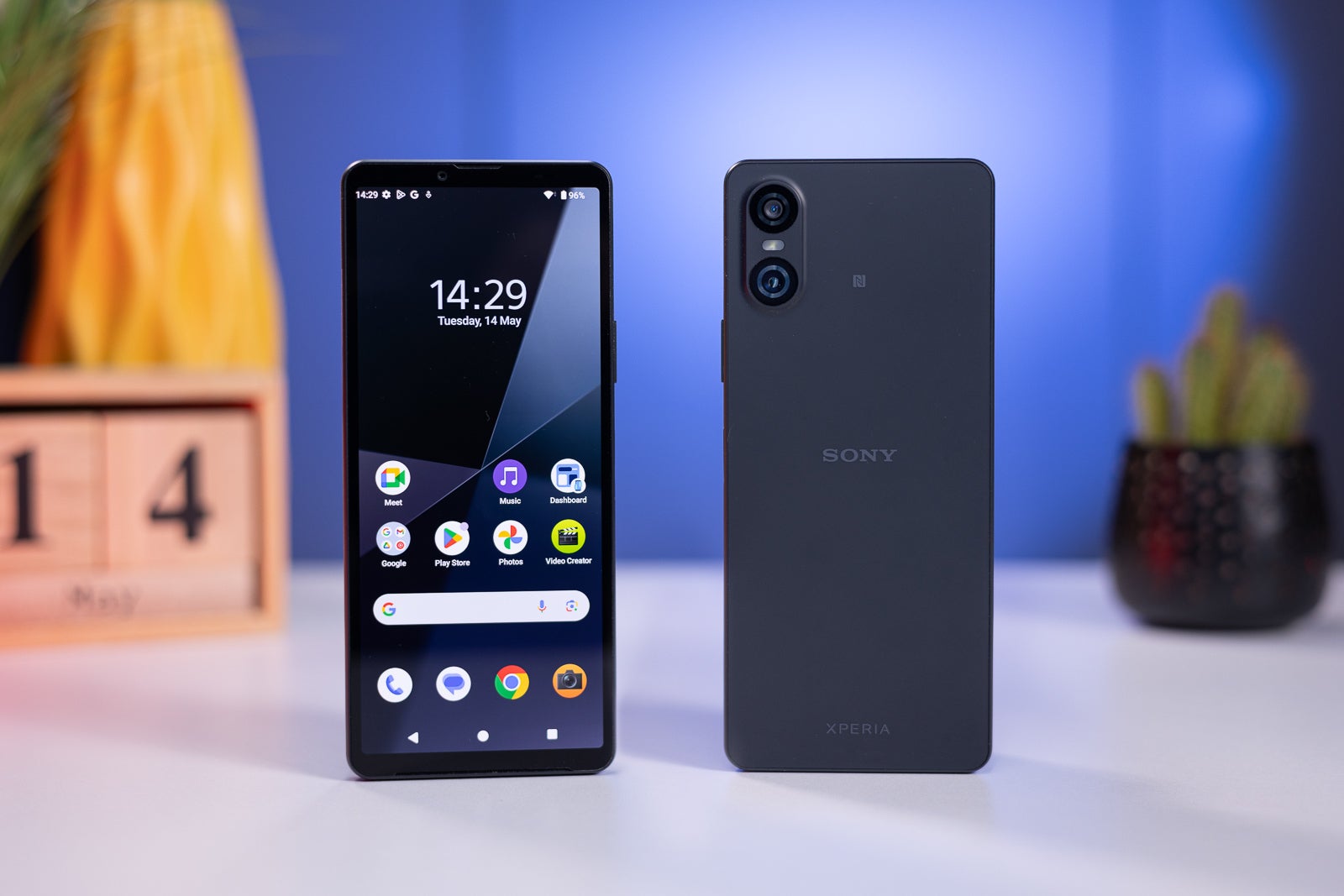
From a distance, the Xperia 10 VI looks very similar to the Xperia 5 V, which is not a bad thing
The design of the Xperia 10 Mark VI is typical of late Sony phones, barring the new Xperia 1 VI. The dual camera setup on the back and the overall shape make this phone look very similar to the Xperia 5 Mark V. I even pulled out the latter to compare the two, and from a certain distance, it's hard to tell which is which.
The frame and back are made of plastic, though, but I don't have any problems with plastic. It's lightweight and won't shatter to pieces when dropped. Overall, the design is what you would expect from an Xperia phone. Long and narrow, with symmetrical bezels and no display cutouts, a flappy SIM/SDcard tray, a 3.5mm jack, and front-facing stereo speakers. The usual.
The frame and back are made of plastic, though, but I don't have any problems with plastic. It's lightweight and won't shatter to pieces when dropped. Overall, the design is what you would expect from an Xperia phone. Long and narrow, with symmetrical bezels and no display cutouts, a flappy SIM/SDcard tray, a 3.5mm jack, and front-facing stereo speakers. The usual.

Like a carton of eggs...
This section of our reviews typically asks us to talk about what's in the box. It's getting obsolete as phone manufacturers continue their quest to save the planet by removing useful things from smartphone boxes. In the case of the Xperia 10 Mark VI, you only get the phone and nothing else.
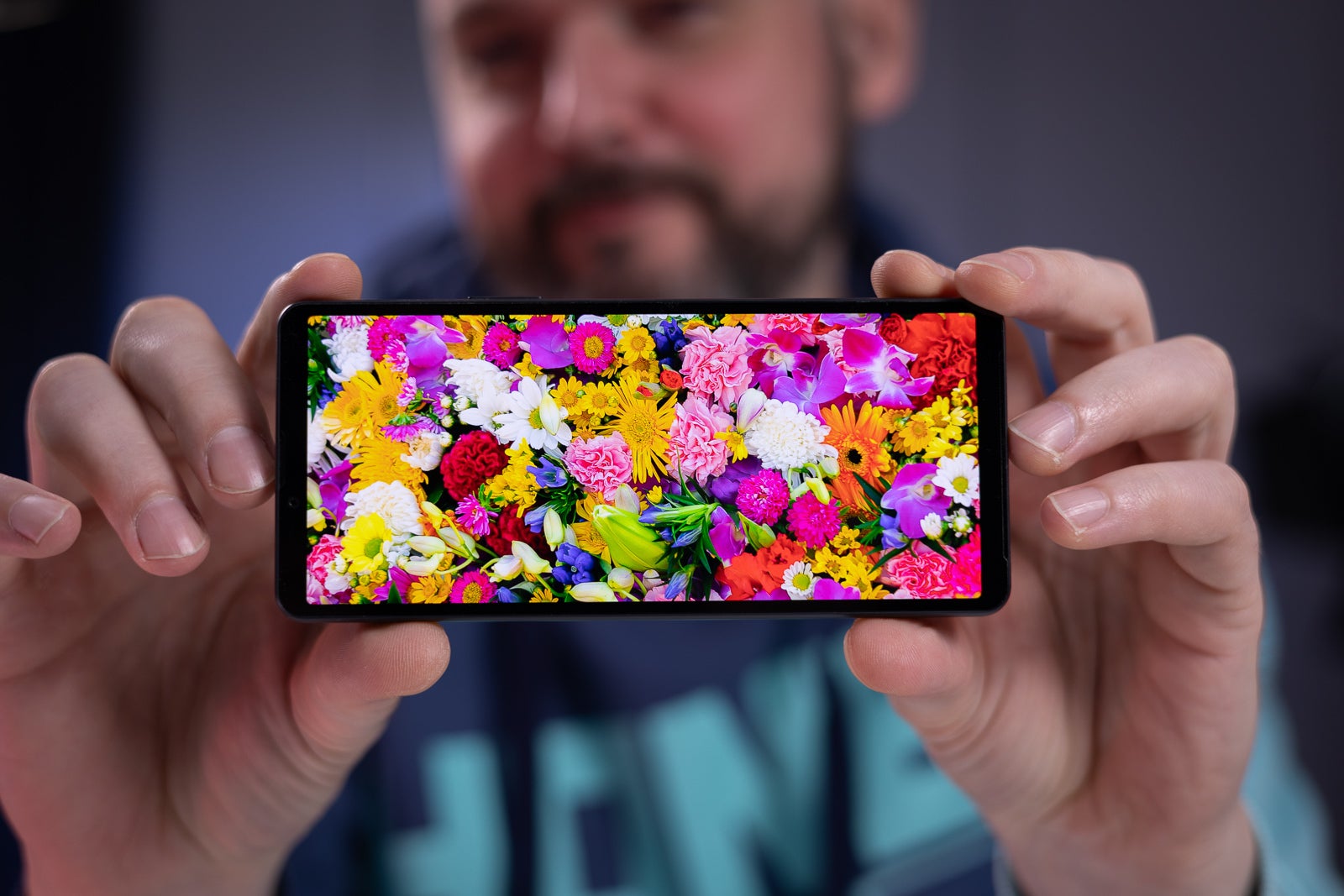
Bright, vivid, cinematic
The display of the Xperia 10 Mark VI deserves more than a few words. It's almost as good as a flagship Xperia screen (the flagship 1-series now uses a FHD+ panel), barring the refresh rate. Actually, the pixel density on the 6.1-inch OLED on the Xperia 10 Mark VI is better than what we have on the flagship model - 449 PPI on the Xperia 10 VI versus 396 PPI on the Xperia 1 VI. Mind boggling!
One of the main differentiators is the screen refresh rate. The Xperia 10 VI is stuck in the past with its 60Hz refresh rate, while other midrangers have long moved to 90 or even 120Hz.
In terms of brightness, color accuracy, and overall quality, the Xperia 10 VI performs great, but then again, the competition doesn't stand still. Nevertheless, the 1055 nits of brightness we were able to measure translate to a great outdoor experience; the minimal brightness is great too; and the average deltaE rivals some flagship phones. Good job!
The side-mounted capacitive fingerprint scanner is also a typical Sony affair. It's consistent and accurate, but it's rather slow. It takes about a second to unlock the screen, which is slower than some under-display scanners.
The side-mounted capacitive fingerprint scanner is also a typical Sony affair. It's consistent and accurate, but it's rather slow. It takes about a second to unlock the screen, which is slower than some under-display scanners.
Sony Xperia 10 VI Camera
Same old, minus one
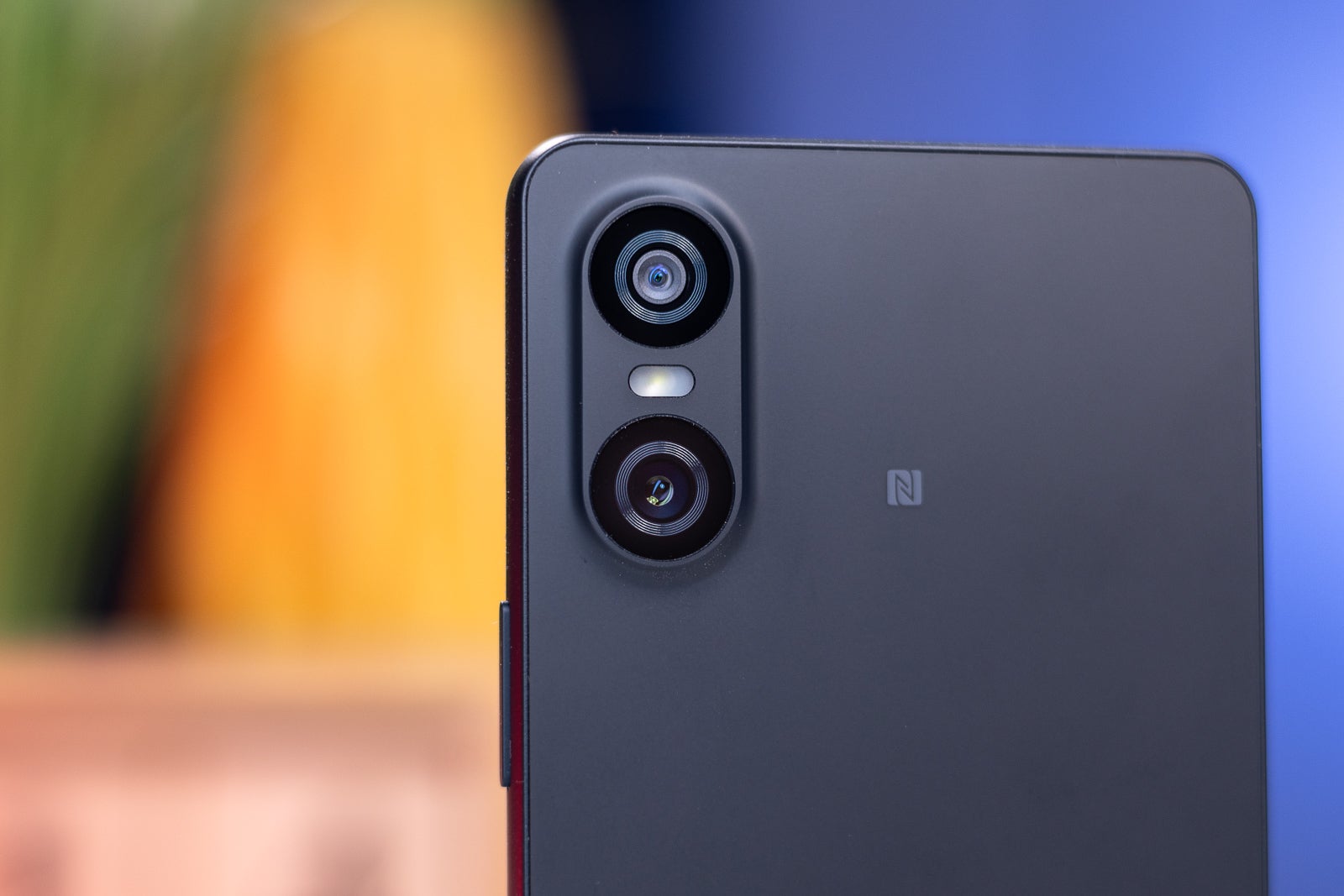
The camera system has been carried over, minus one telephoto
Our composite camera score takes into account various key aspects of the Sony Xperia 10 VI camera performance, such as exposure, focus, color reproduction, zoom quality, etc. The Xperia 10 VI suffers from the lack of a dedicated telephoto camera and the fact that the camera hardware is getting pretty old now.
The Xperia 10 VI uses the same camera hardware as its predecessor, minus the dedicated telephoto camera. The main camera uses the 48MP Sony IMX582 sensor, which produces 12MP shots through pixel binning. The ultrawide camera is also the same: an 8MP sensor under an f/2.2 lens. There's an 8MP fixed focus selfie camera on the front. Time for some samples.
Photos from the main camera look so-so, I kind of expected more from the advertised AI-infused algorithms behind the camera system. Even in good lighting conditions photos from the main camera look soft and there's some loss of detail, especially in the corners of the image. The dynamic range is not amazing, either. Some photos look quite flat, and when you add the soft effect, the end result is not great.
The ultrawide shots suffer from the same problems, namely lack of detail and poor dynamic range. Don't get me wrong, the camera system is not terrible, and the photos taken with the Xperia 10 VI will probably do the job for most people but we're spoiled by camera phones with 1-inch sensors and expensive optics, aperture tricks, and optical zoom. We shouldn't forget that those phones cost three times as much as the Xperia.
Video Quality

The Xperia 10 VI can shoot 4K videos again, thanks to the switch away from the dreaded Snapdragon 645 chipset. The 4K@30fps video looks decent, with a fair amount of detail and definition and good focus. You can pause the video, zoom in and out, and switch between the cameras. Image stabilization is also decent—not the best in business—but definitely helps if you need to capture a video moment on the run.
Sony Xperia 10 VI Performance & Benchmarks
The efficiency game
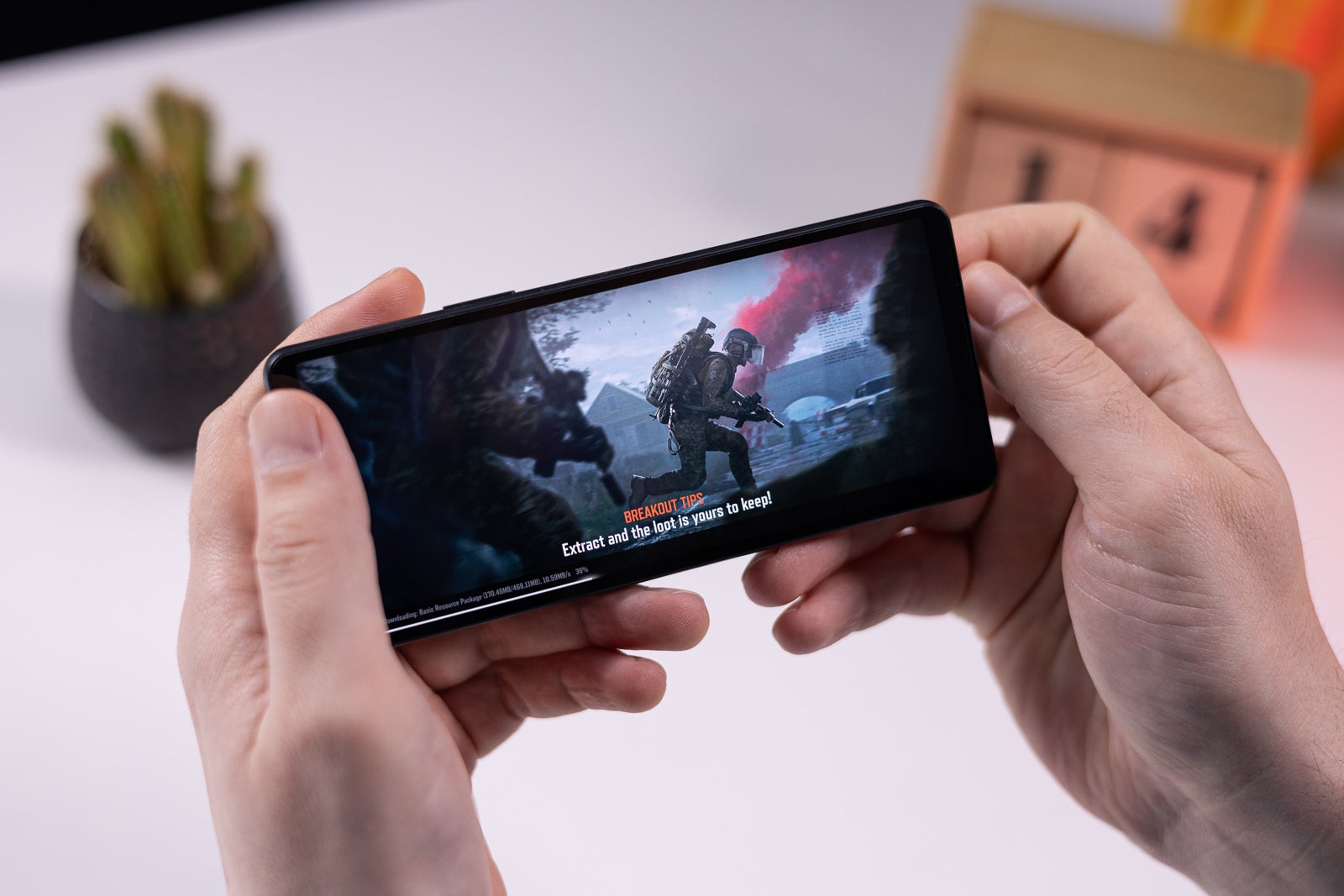
The Snapdragon 6 Gen 1 is getting pretty old
Sony has moved away from the Snapdragon 695 chipset (used in two consecutive Xperia 10 generations), and the Snapdragon 6 Gen 1 is an improvement, but not by a mile. The best thing about this chipset is that it can record 4K video—something previous 10-series Xperia phones lacked. It's also built using a 4nm manufacturing node, so it should be pretty efficient.
This chipset is coupled with 8GB of RAM, and for the most part, it gets the job done. There are times when the phone hesitates and things are not as snappy as one might want. Given the price tag of the Xperia 10 VI, I would've preferred a Snapdragon 7 Gen 1, but it is what it is.
This chipset is coupled with 8GB of RAM, and for the most part, it gets the job done. There are times when the phone hesitates and things are not as snappy as one might want. Given the price tag of the Xperia 10 VI, I would've preferred a Snapdragon 7 Gen 1, but it is what it is.
Unsurprisingly, the synthetic benchmark situation puts the Xperia 10 VI at a disadvantage in comparison to its rivals. It's a slight improvement compared to the 10 Mark V, but the Nothing Phone (2a) performs better and it's cheaper, while the Pixel 8a obliterates the Xperia 10 VI and it's just marginally more expensive.
In terms of storage, the phone starts at 128GB, but as we all know, Sony stubbornly keeps the microSD card slot alive in its phones, so you can expand the onboard memory with up to 1TB more via a microSD card.
Sony Xperia 10 VI Software
The Xperia 10 VI comes with Android 14 out of the box. It's a pretty clean version, with the addition of the Video Creator app, and Side Sense.
The latter was dreadful in the past few Xperia models, but the guys from Sony have listened, and now you don't have to tap twice on the Side Sense bar (almost impossible) but swipe the bar toward the screen. It's more convenient and useful, and if you swipe the bar up, you get the app launcher as well.
In terms of software updates, the Xperia 10 VI will receive only one major OS update, Android 15. According to Sony's official software support site, though, the phone will continue to receive software updates until 2028.
The latter was dreadful in the past few Xperia models, but the guys from Sony have listened, and now you don't have to tap twice on the Side Sense bar (almost impossible) but swipe the bar toward the screen. It's more convenient and useful, and if you swipe the bar up, you get the app launcher as well.
In terms of software updates, the Xperia 10 VI will receive only one major OS update, Android 15. According to Sony's official software support site, though, the phone will continue to receive software updates until 2028.
Sony Xperia 10 VI Battery
What happened?
The phone comes with the same 5,000 mAh cell as its predecessor, but something has happened, as battery life isn't what it used to be. The Xperia 10 Mark IV and 10 Mark V were undisputed battery champions, which is not the case with the 10 Mark VI.
PhoneArena Battery Test Results:
I'm not sure if it's the Snapdragon 6 Gen 1 or the brighter screen, but battery life has taken a hit compared to the last generation. It's not bad per se, but the battery-champion days seem to be over.
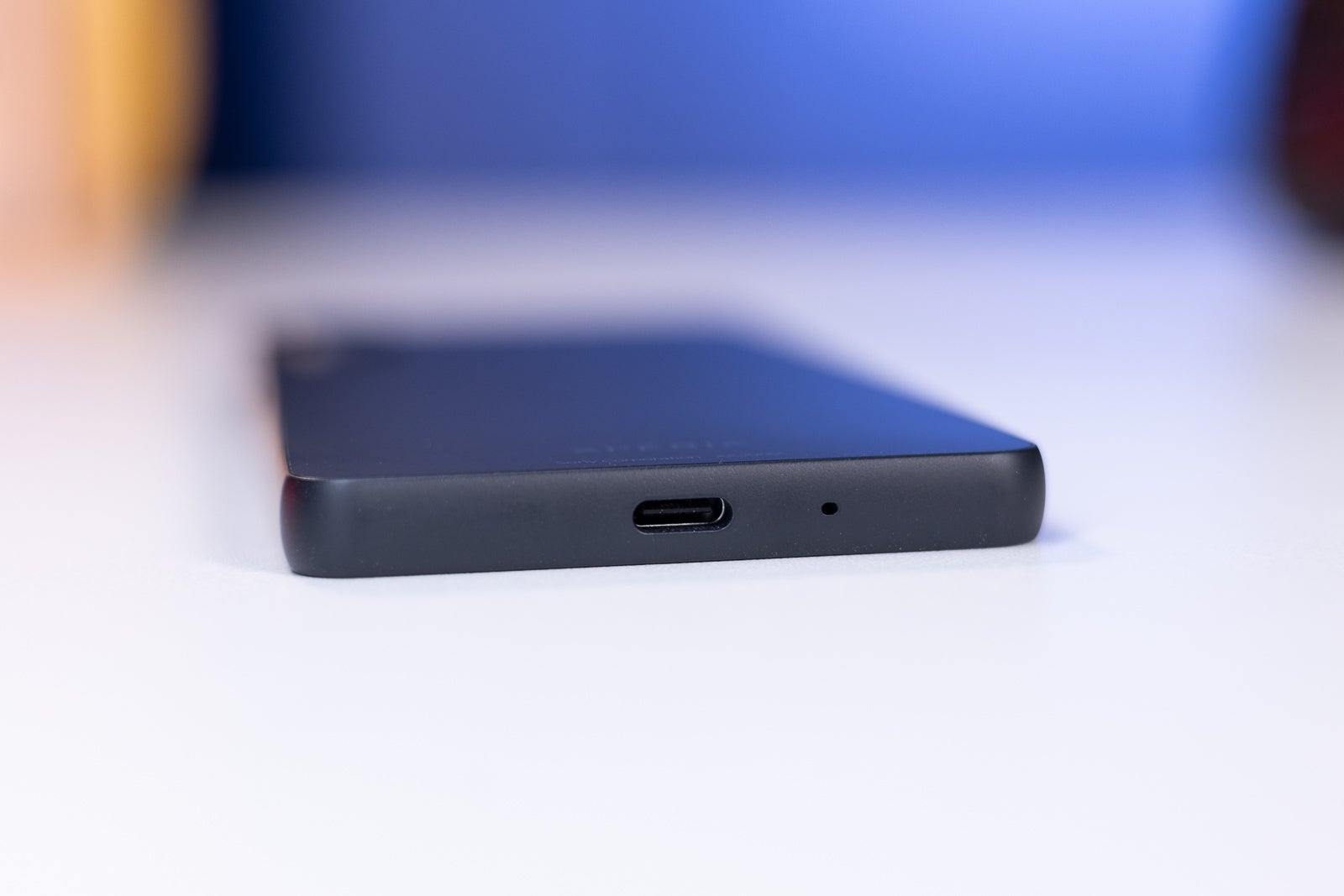
No fast charging, and no wireless charging
PhoneArena Charging Test Results:
The charging situation is no different from last year. Sony doesn't list the charging speeds, but we found empirically that it's around 20W, which is not particularly fast. The phone also lacks wireless charging, so there's also that.
Sony Xperia 10 VI Audio Quality and Haptics
In the audio department, the Xperia 10 VI scores some points. The phone comes with a dual front-firing stereo system, paired with a 3.5mm headphone jack. The sound is pretty detailed and bassy, although it is not the loudest out there. The quality is overall good, with some distortion in the high-frequency range at max volume.
You can actually feel the phone vibrating at louder volumes, which feels good in the hand but can cause issues if you put the phone on loud and resonating surfaces, such as marble, metal, or glass. The haptics are also pretty decent, tight, and strong, which I didn't expect given the plastic build of the phone.
You can actually feel the phone vibrating at louder volumes, which feels good in the hand but can cause issues if you put the phone on loud and resonating surfaces, such as marble, metal, or glass. The haptics are also pretty decent, tight, and strong, which I didn't expect given the plastic build of the phone.
Should you buy it?
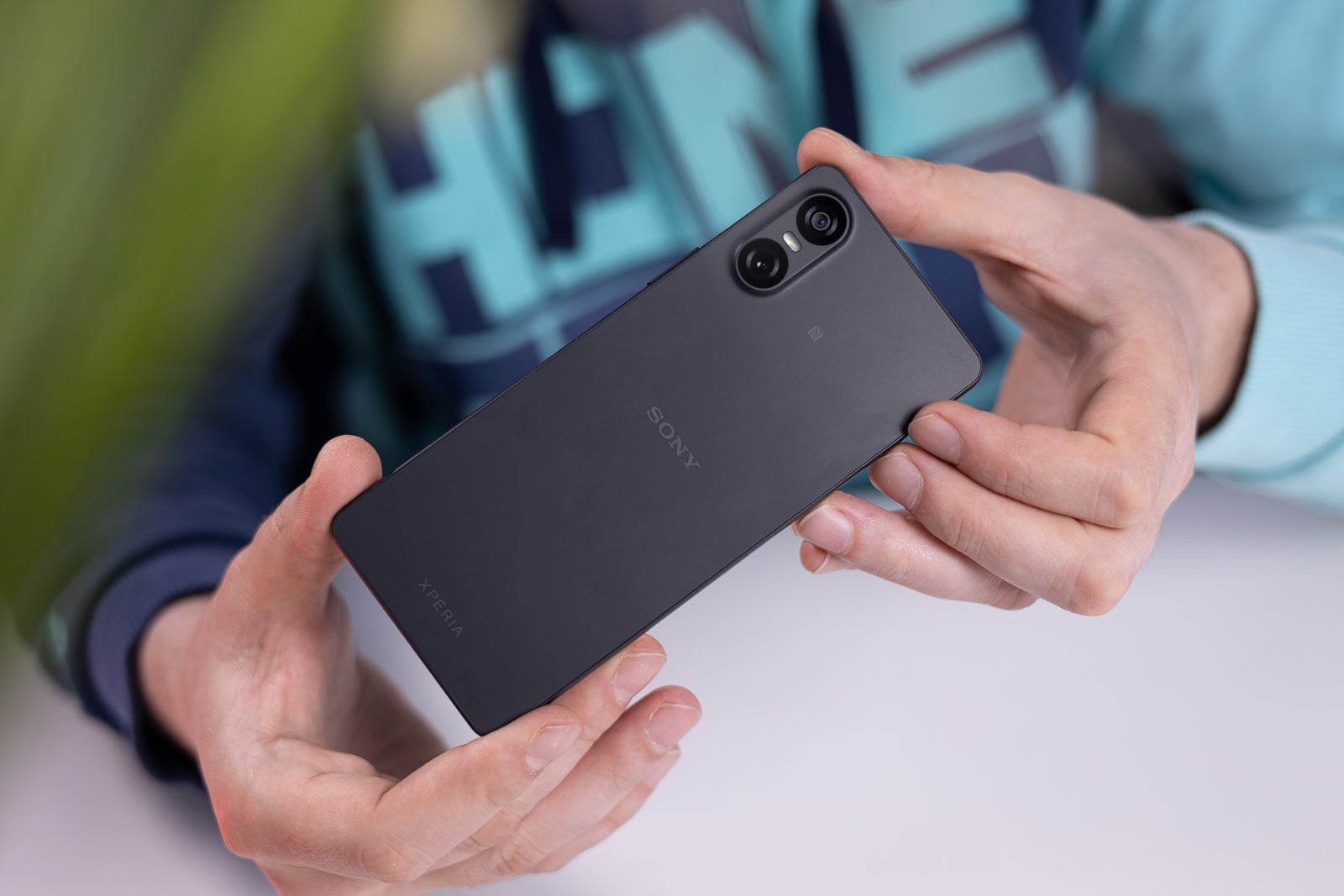
At 399 euros the Xperia 10 VI is a tough sell
The Xperia 10 VI is still a pretty niche device. It carries over the 21:9 aspect ratio that Sony ditched with the flagship, so if you fancy long and narrow phones, you might like this one.
The phone has a great screen, albeit capable of only 60Hz, and it's also pretty lightweight and comfortable to use. Couple that with the added bonus of a microSD card slot and a 3.5mm headphone jack, and you get the typical Xperia package.
However, the competition in this price range is pretty fierce. The Xperia costs around $431 (after conversion from 399 euros), and for that kind of money, you have options. The Nothing Phone (2a) is cheaper and performs better in almost every department, and if you add a few bucks, you can get the Pixel 8a, which is a better phone hands down.
The Galaxy A55 is cheaper as well, and it comes with a 120Hz display plus longer software support. Choosing the Xperia 10 VI over the aforementioned phone might be a hard decision that might not pay off.
However, the competition in this price range is pretty fierce. The Xperia costs around $431 (after conversion from 399 euros), and for that kind of money, you have options. The Nothing Phone (2a) is cheaper and performs better in almost every department, and if you add a few bucks, you can get the Pixel 8a, which is a better phone hands down.
The Galaxy A55 is cheaper as well, and it comes with a 120Hz display plus longer software support. Choosing the Xperia 10 VI over the aforementioned phone might be a hard decision that might not pay off.
Follow us on Google News




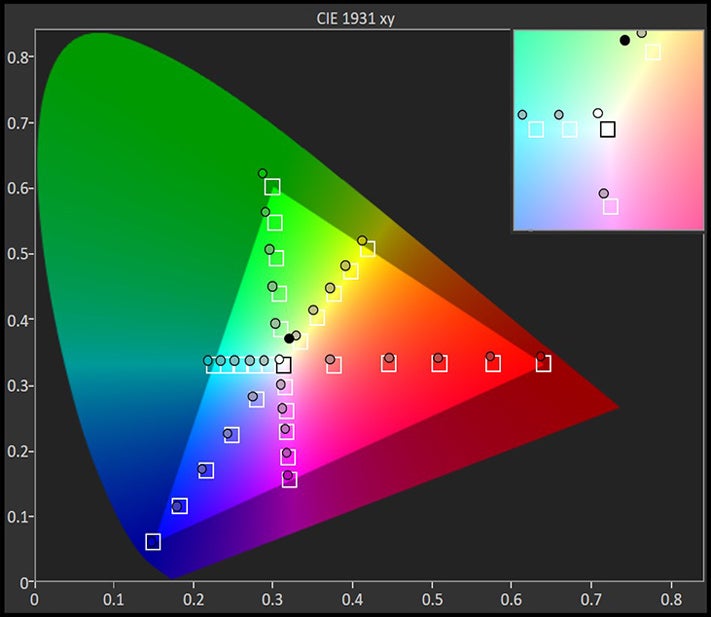









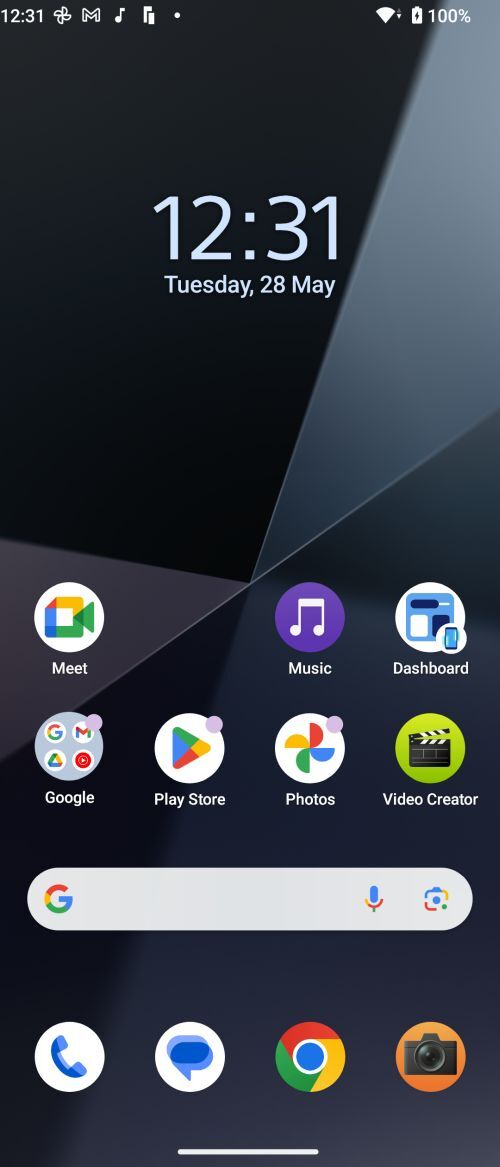
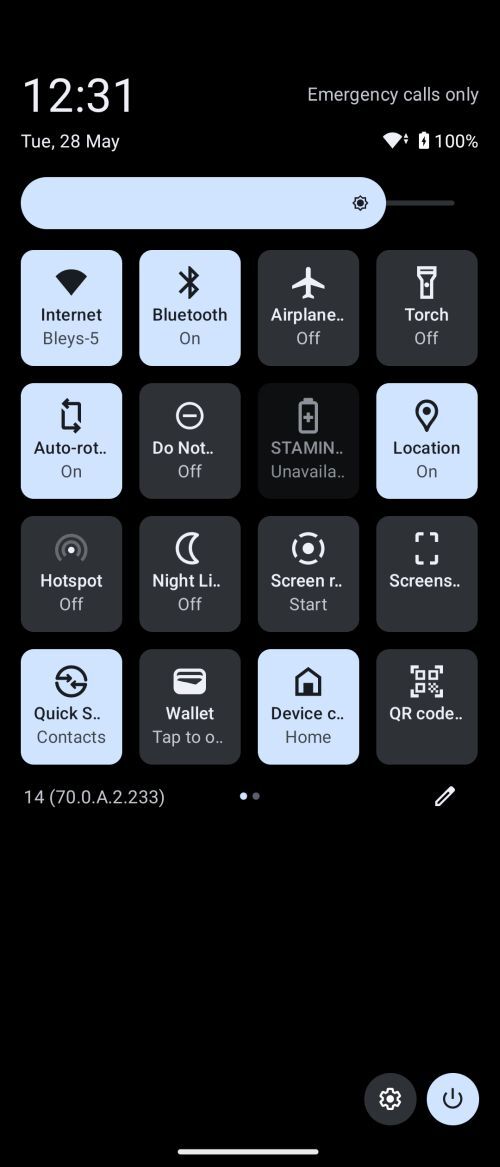
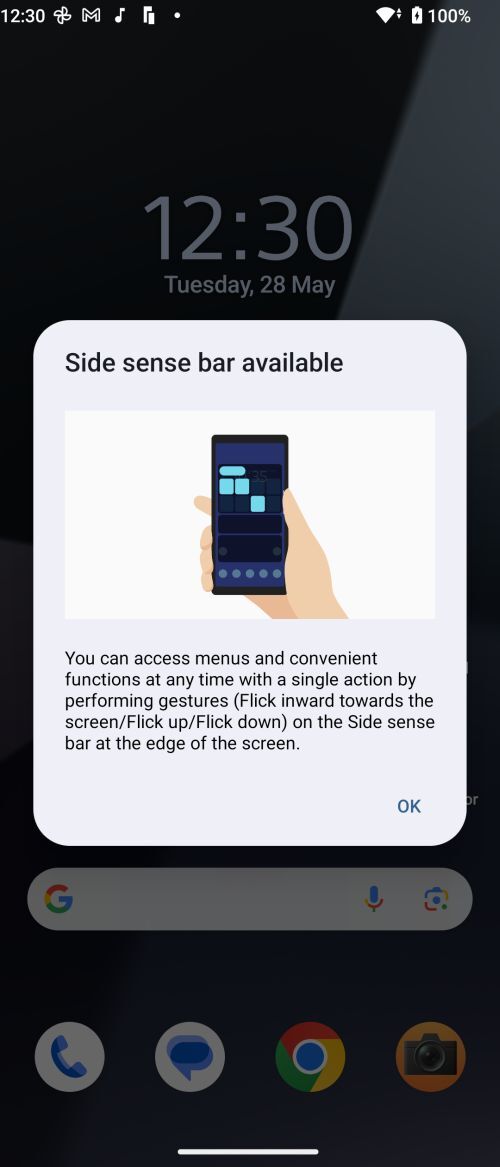
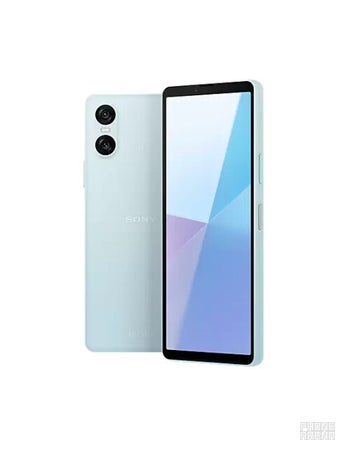











Things that are NOT allowed:
To help keep our community safe and free from spam, we apply temporary limits to newly created accounts: